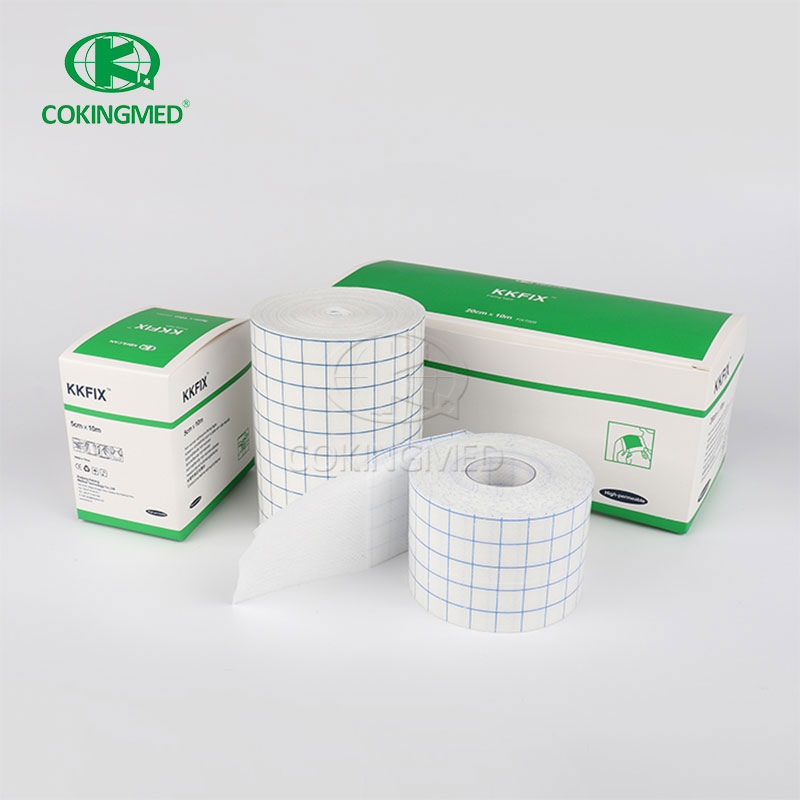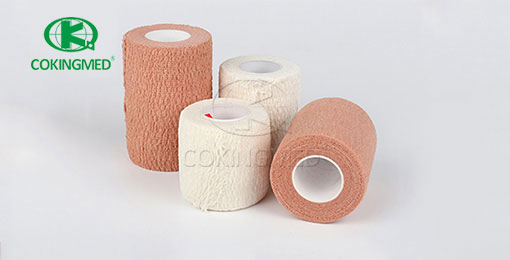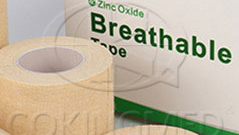The epidemic prevention and control is not relaxed, please insist on wearing a mask
Wearing a mask is an important protective measure to prevent respiratory infectious diseases and can reduce the risk of new coronavirus infection. Masks can not only prevent patients from spraying droplets, reduce the amount and speed of droplets, but also block virus-containing droplet nuclei to prevent the wearer from inhaling.
.jpg)
Continue to wear a mask even if you are vaccinated against the new coronavirus
For individuals, the protective effect of the new coronavirus vaccine is not 100%, and it takes a certain amount of time to produce protective antibodies; for groups, the new coronavirus is still easy to spread without forming an immune barrier. Therefore, some prevention and control measures must still be adhered to at this stage, including protective measures such as wearing masks, maintaining social distance, washing hands frequently, and ventilating more.
In public places and poorly ventilated
Masks are required in confined spaces
Wear a mask when taking closed means of transportation, such as airplanes, high-speed rails, subways, buses, and van elevators.
Be sure to wear a mask when visiting the hospital or accompanying relatives and friends to see a doctor. In addition, masks should also be worn at public service windows, such as supermarket cashiers and bank counters.

How to wear a mask correctly
Patients with underlying diseases of the respiratory tract need to use protective masks under the guidance of doctors. Very young infants and young children cannot wear masks to prevent suffocation. Cotton gauze masks, sponge masks and activated carbon masks have no protective effect on preventing virus infection.
Clean hands Daily pay attention to hand hygiene, and wash hands when putting on and taking off masks.

Before wearing a mask, please turn the nose clip side up and the dark side out. If the mask has no color difference, it can be judged according to the folds of the mask, and the folds are downwards to the outside.
When wearing the mask tightly, place the fingers of both hands in the middle of the metal nose clip, while pressing inward, move the fingertips along both sides of the nose clip until the nose clip is completely close to the nose, and the mask is completely fitted to the face without Leave a gap. At the same time, inhale quickly, check whether the air leaks from the edge of the mask including the bridge of the nose, and then adjust the nose clip.
You do not need to take off the mask when sneezing or coughing to prevent splashing, and you can replace it in time; if you are not used to it, you can take off the mask, but you need to cover your mouth and nose with a tissue or your elbow.

Frequent replacement of masks When the protective performance is reduced due to deformation, wetness or soiling, it is recommended to replace the mask with a new one immediately to avoid affecting the protective effect. The cumulative wearing time of each mask should not exceed 8 hours. Masks that have been used in cross-regional public transportation or hospitals are not recommended to be reused.
Hanging masks that have a short time of use and need to be reused should be hung in a clean, dry and ventilated place when not in use.
If you experience discomfort such as suffocation and shortness of breath while wearing the mask, you should immediately go to an open and ventilated place to remove the mask.
Carry spare masks when going out, and store them in the original packaging bag or a clean storage bag to avoid extrusion and deformation. Discarded masks are classified as other garbage for disposal. In addition to disposable medical masks and medical surgical masks, it is recommended to reserve a small amount of high-level protective masks.
When nurses help children arrange masks, they should do good hand hygiene. Do not touch your child's mask, face or head with dirty hands.







